



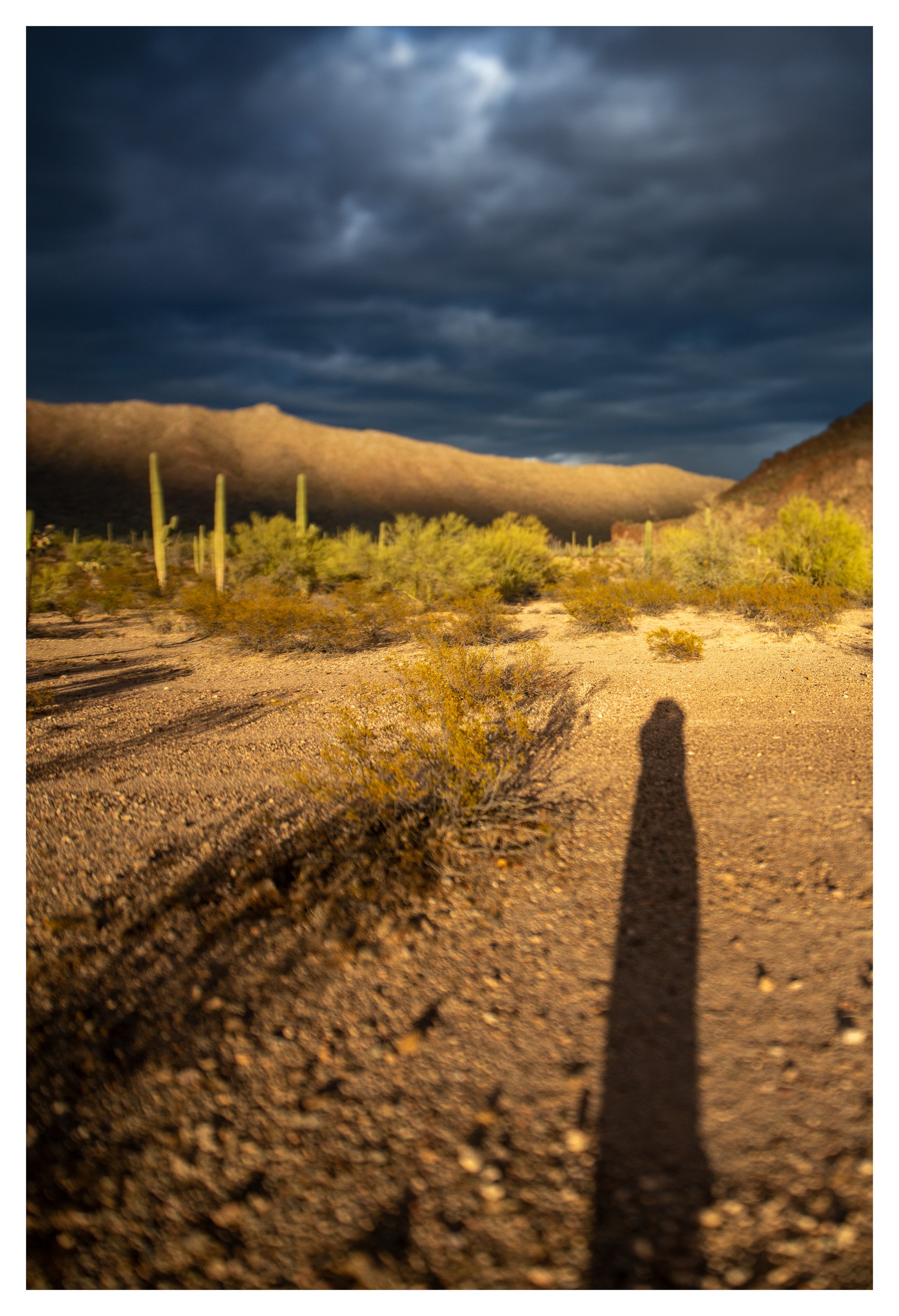




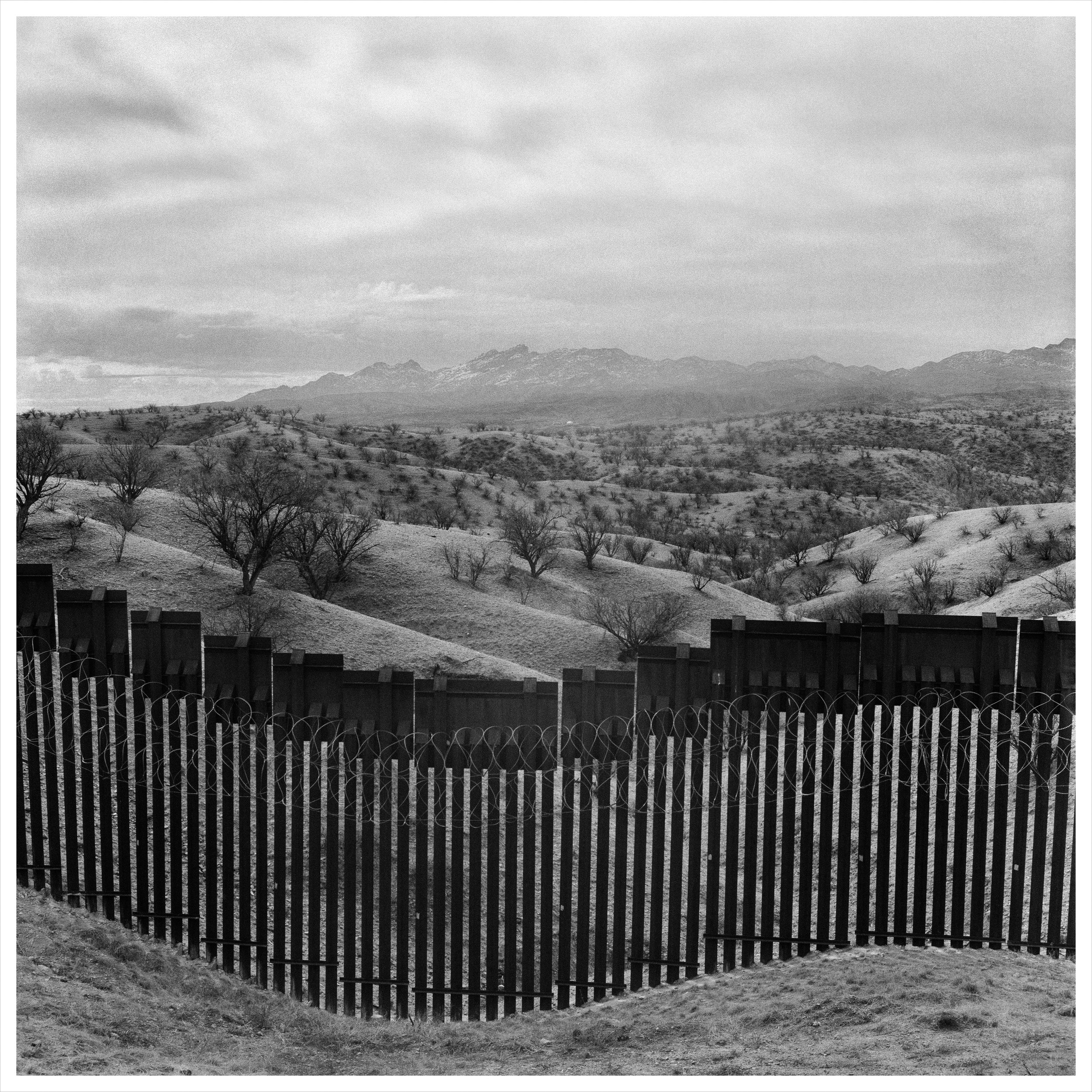






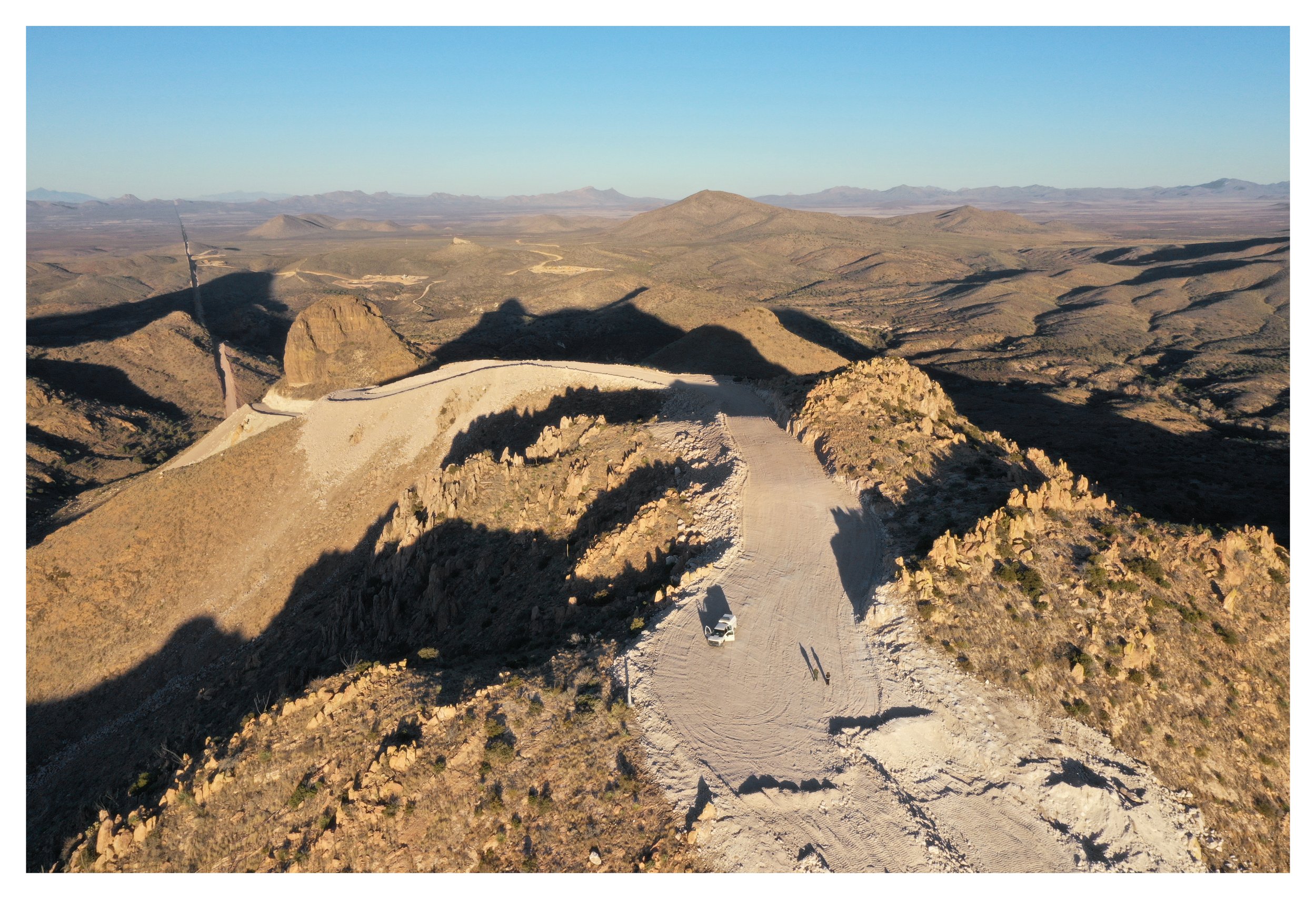



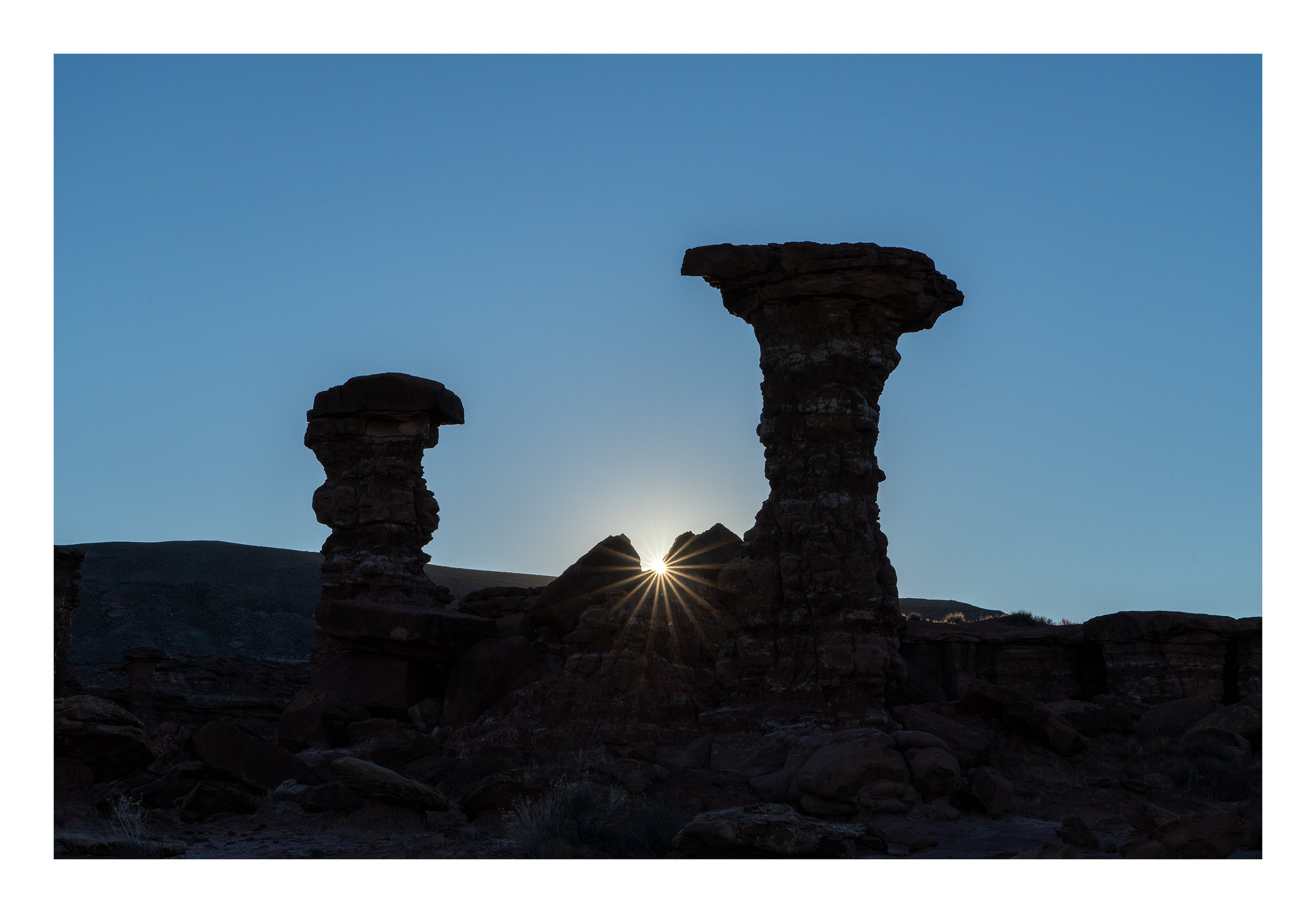






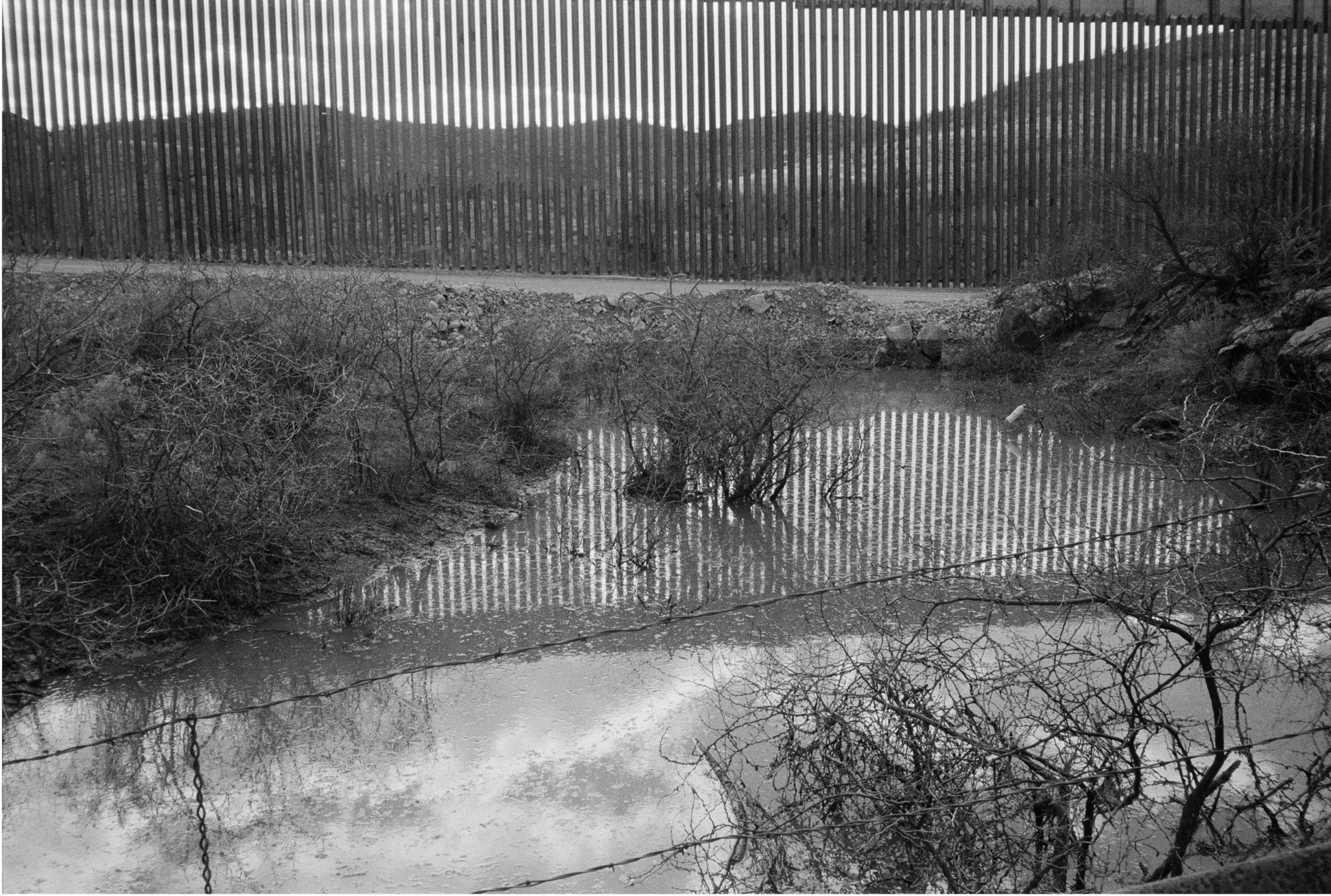
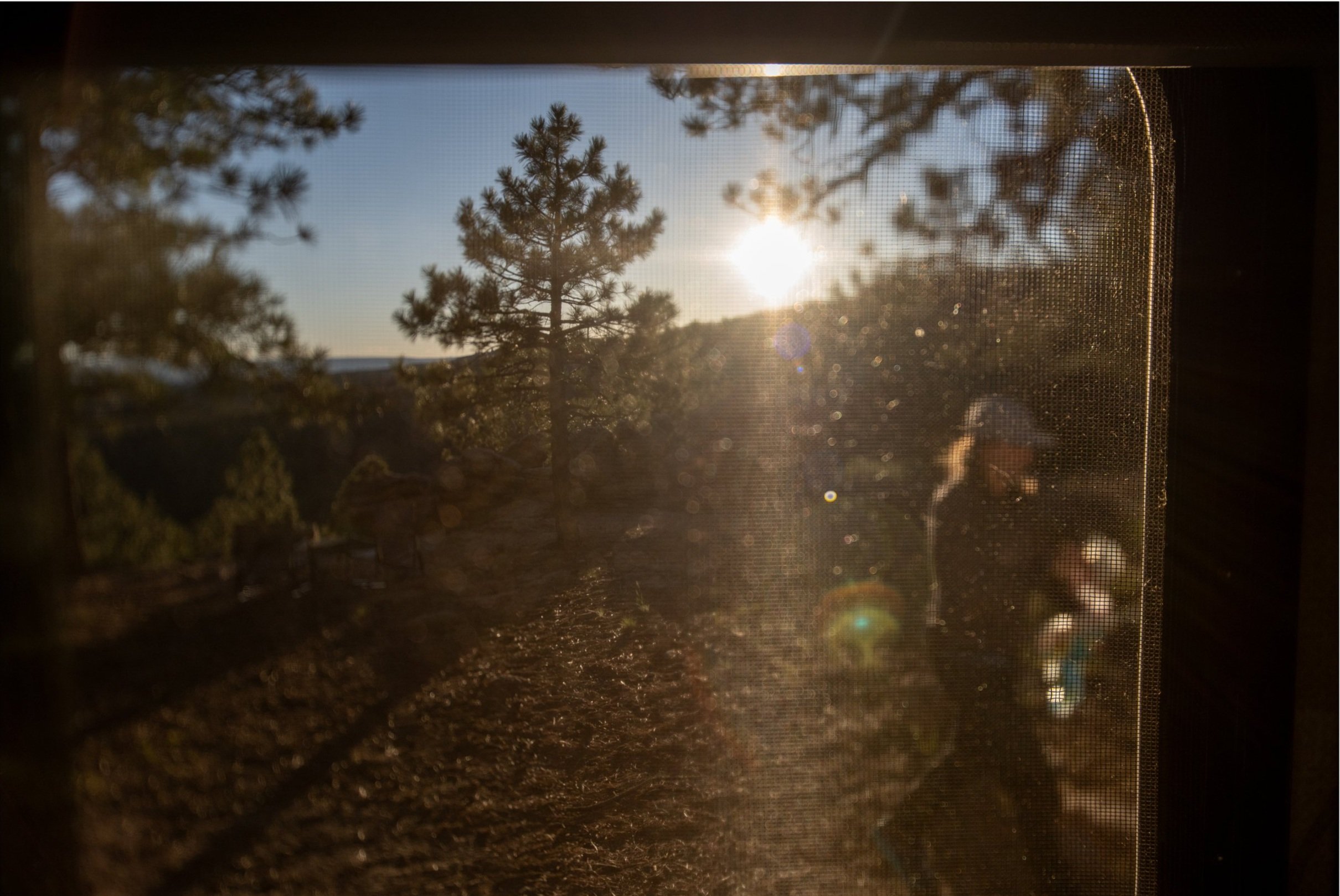
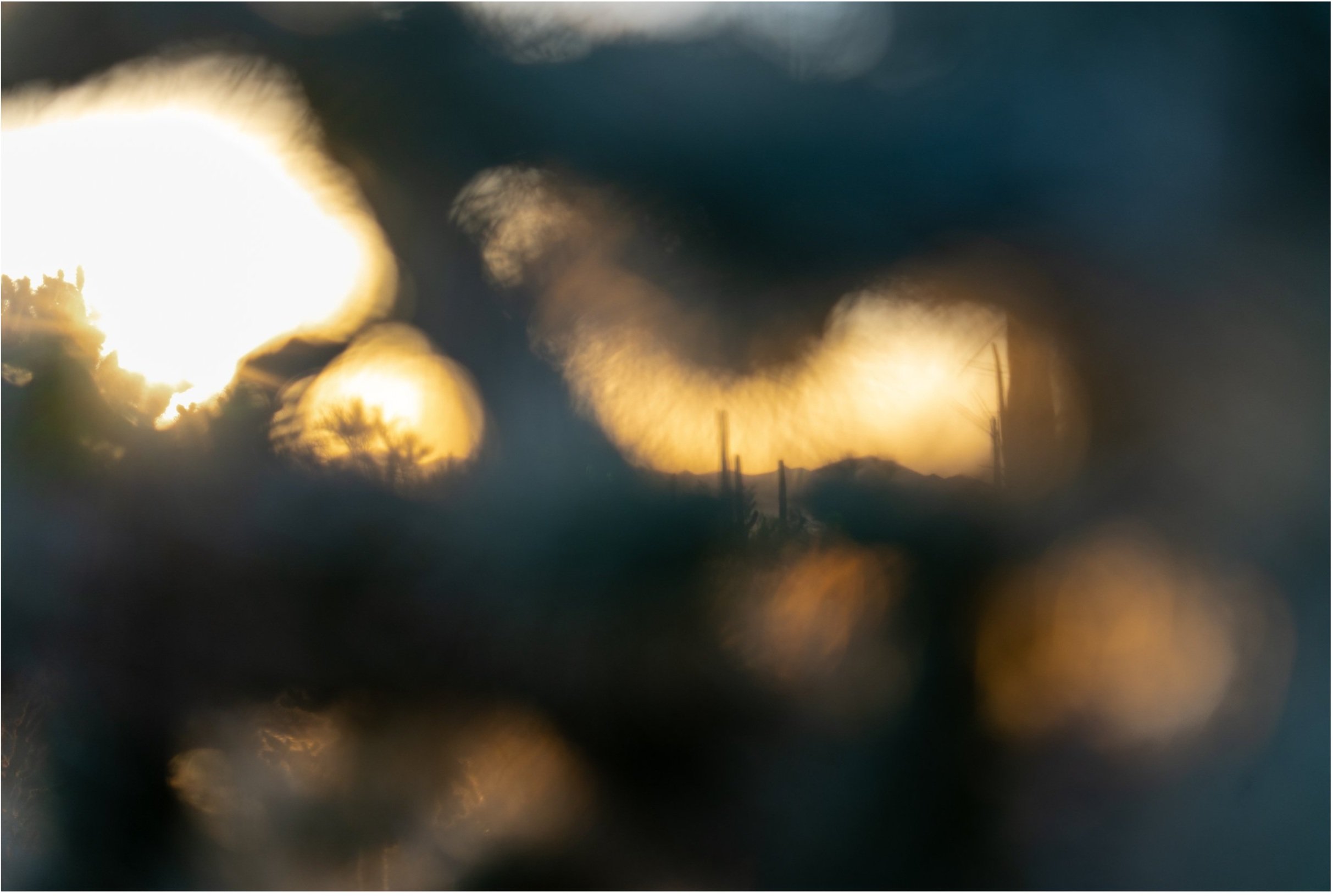












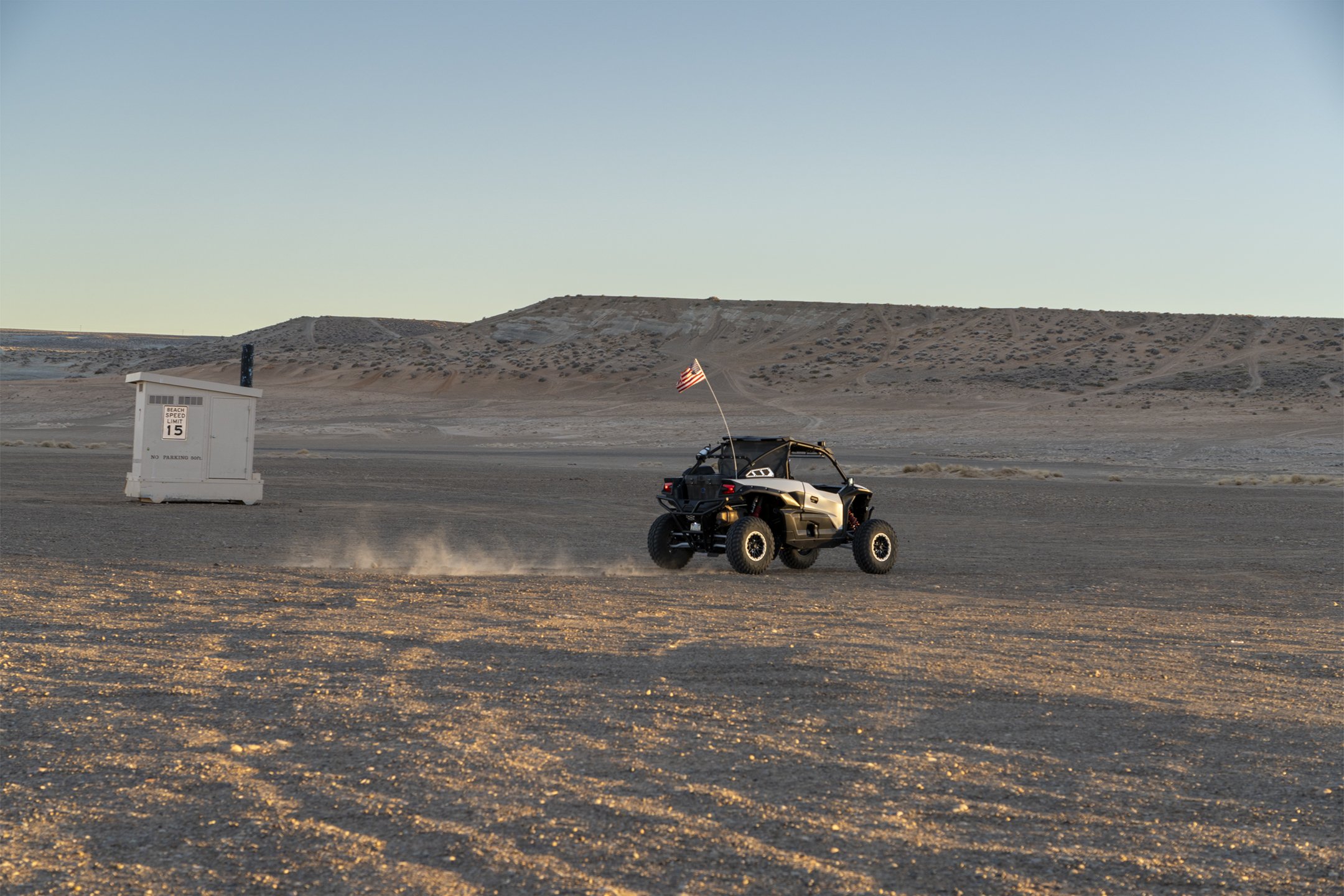



Field research for “These Grand Places” research through on-site residencies in multiple locations over many months living in the MRS. Other work was conducted while tent camping, hiking, and backpacking.
Field research for “These Grand Places” research through on-site residencies in multiple locations over many months living in the MRS. Other work was conducted while tent camping, hiking, and backpacking.